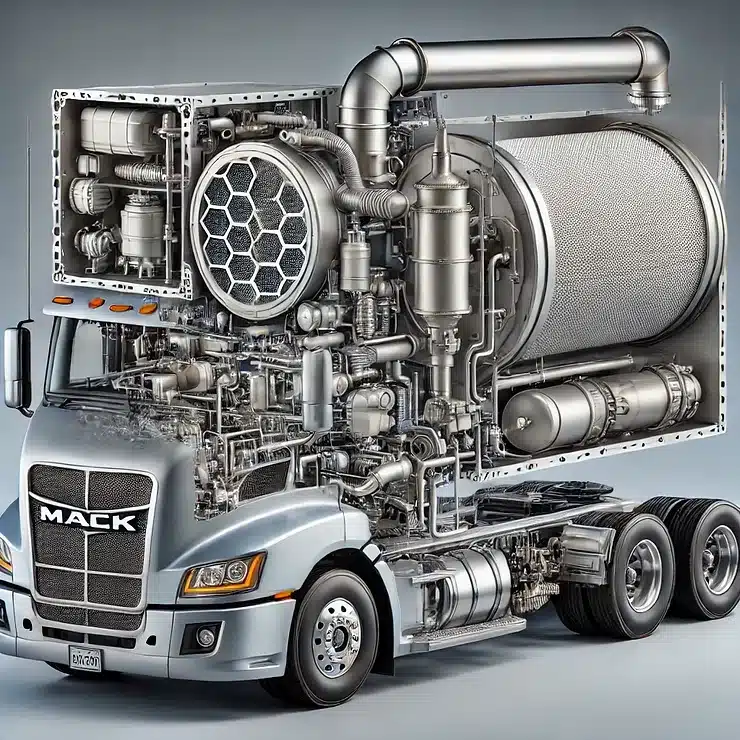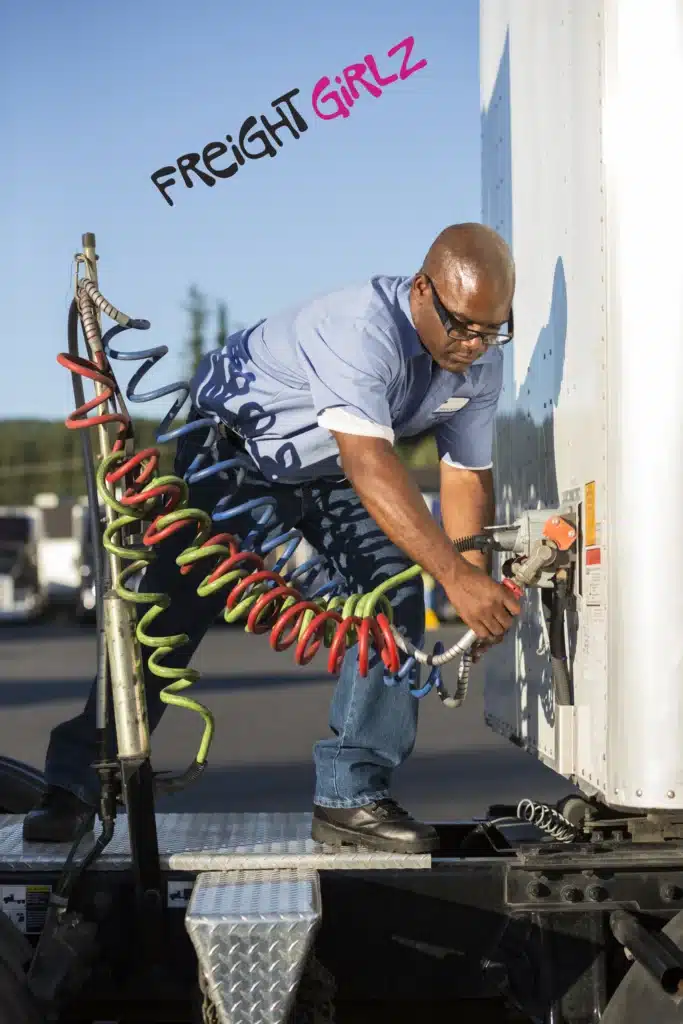
Diesel after treatment system rendering.

Diesel after treatment system rendering.
While after-treatment systems have helped reduce harmful emissions and improve air quality, they’ve also introduced a wide range of frustrations for truck owners and operators. From unexpected repairs to flashing fault lights, dealing with Diesel Exhaust Fluid (DEF), DPF, and NOX sensors can feel like a never-ending battle. Here’s what you need to know to manage these systems effectively.
The NOX sensor is the cornerstone of your after-treatment system. It reports nitrogen oxide levels to the ECM, and when it fails, the ripple effect can cause other sensors — like DPF, SCR, or DEF — to throw codes, even if they’re functioning correctly. A bad NOX sensor can turn into a domino effect of warnings, reduced engine power, and surprise roadside shutdowns.
After-treatment systems are essential for modern trucking compliance, but they can be a serious headache without the right knowledge. Know the parts, understand the warning signs, and take preventive steps to protect your uptime and profitability. Keeping your DEF system and NOX sensor in top shape is the key to avoiding costly breakdowns.

"Freight Girlz is dedicated to providing professional and reliable truck dispatch services tailored for owner-operators and fleets. Our commitment to industry expertise and client success ensures your logistics run smoothly, allowing you to focus on the road ahead."

